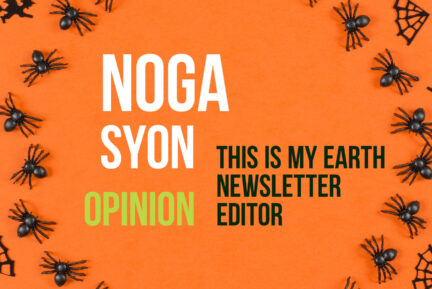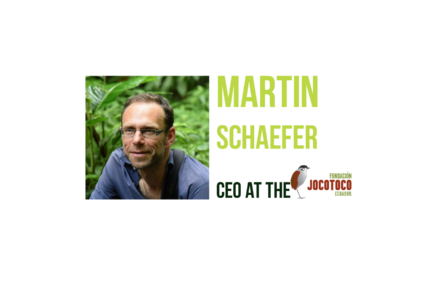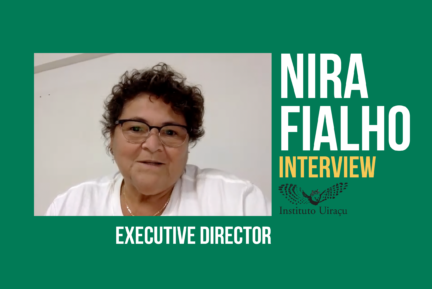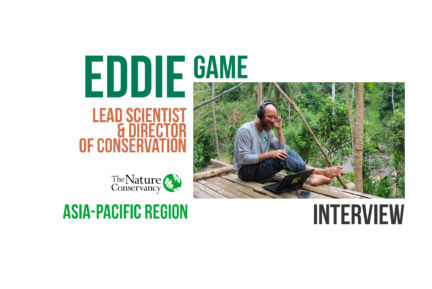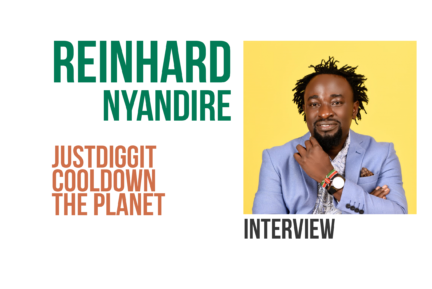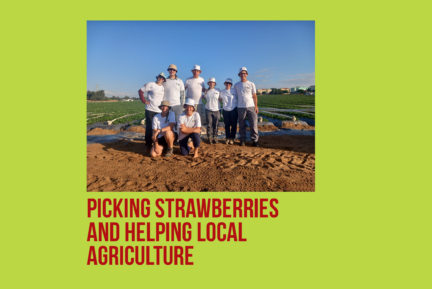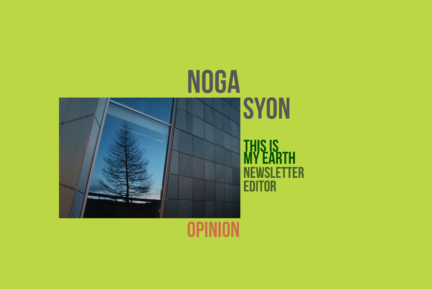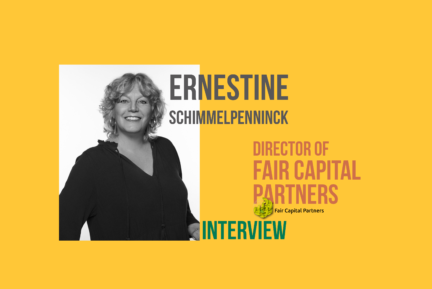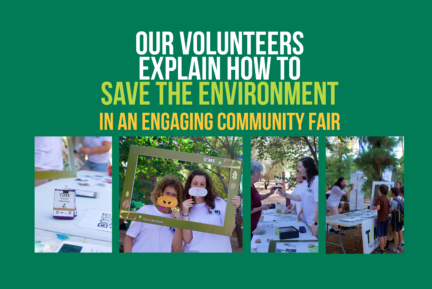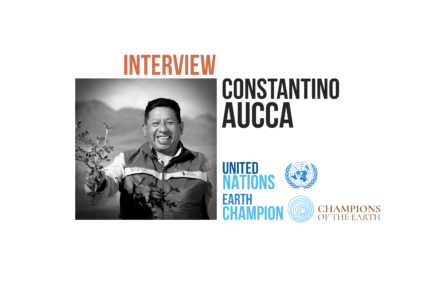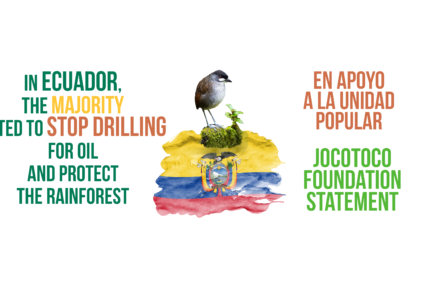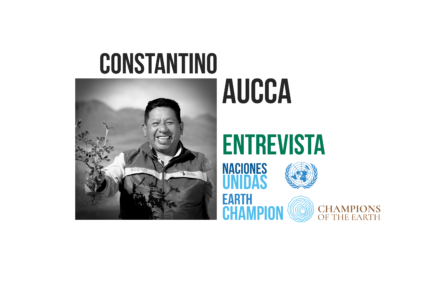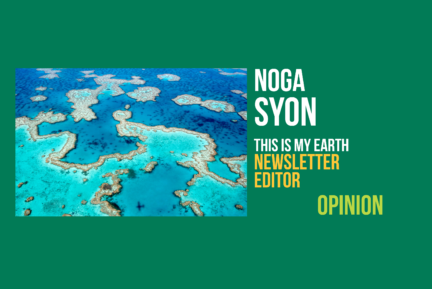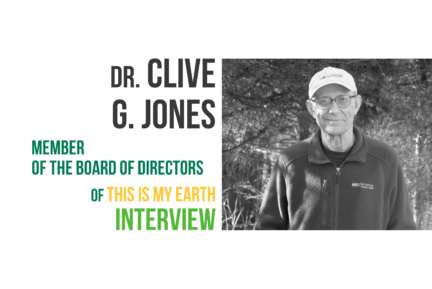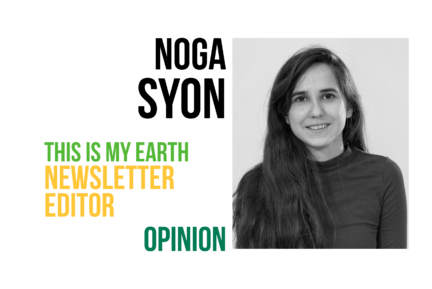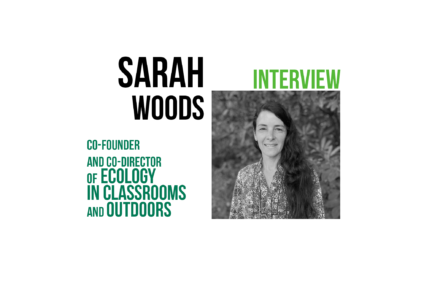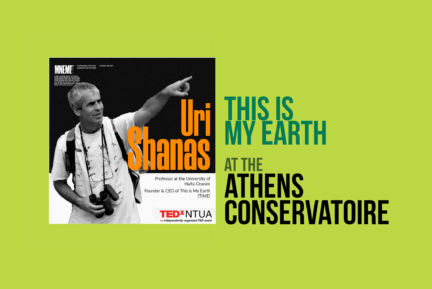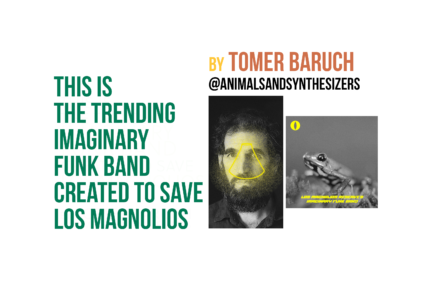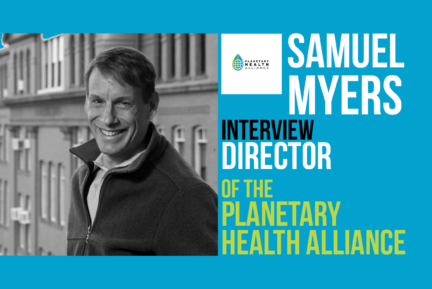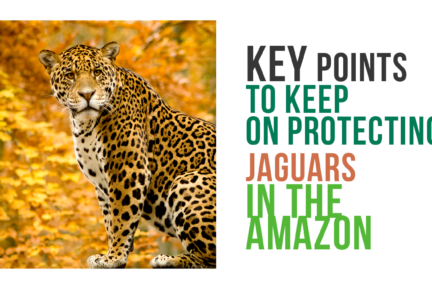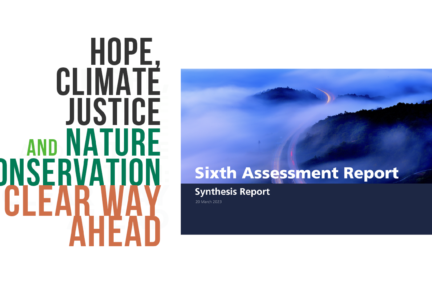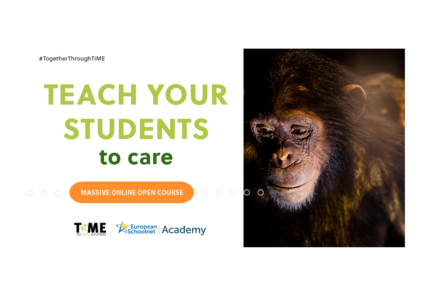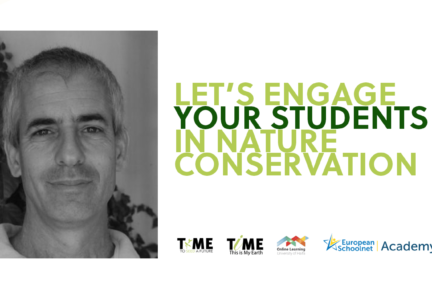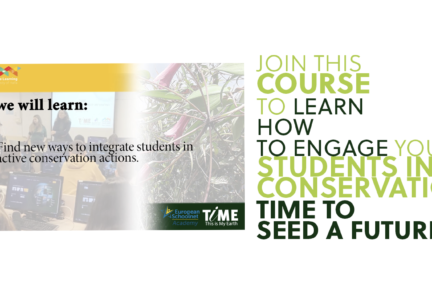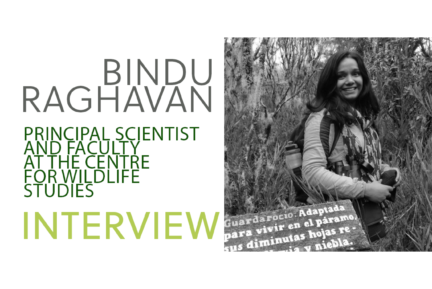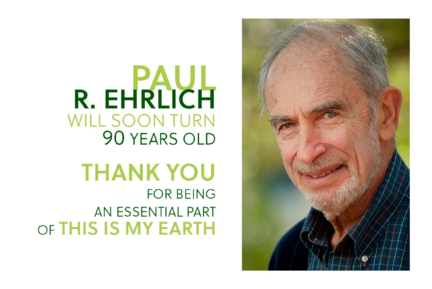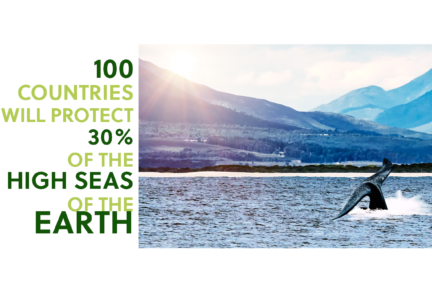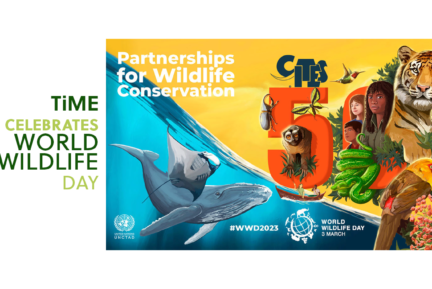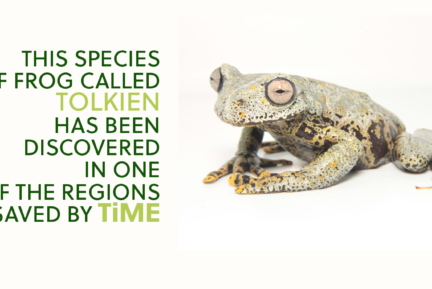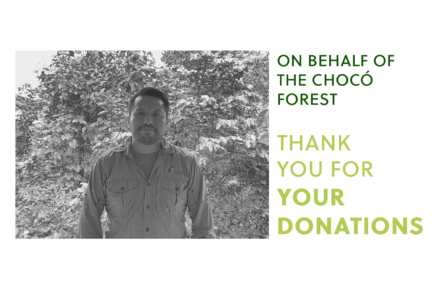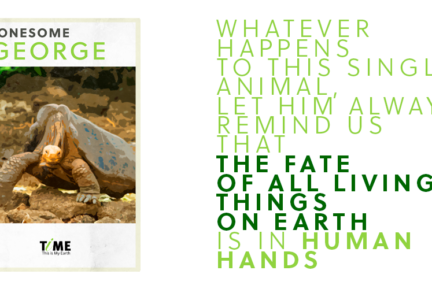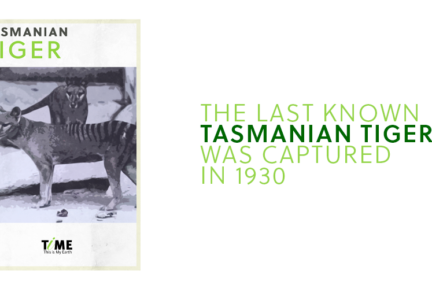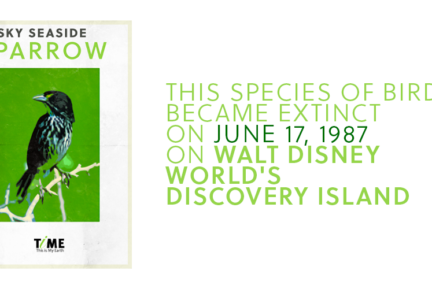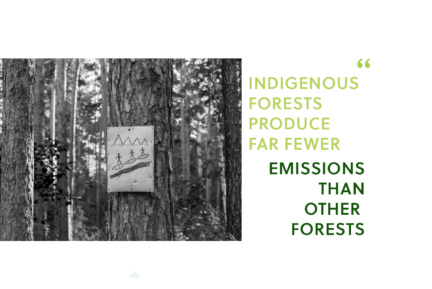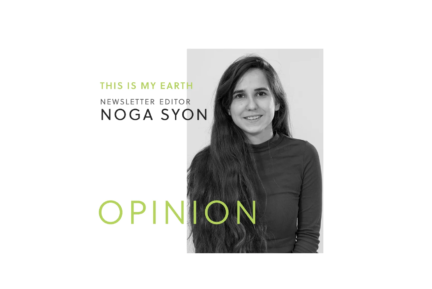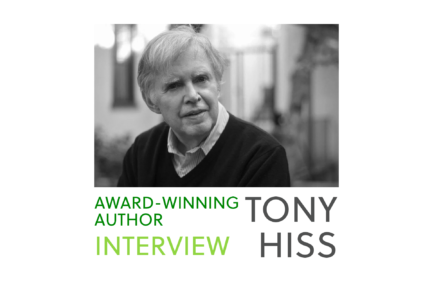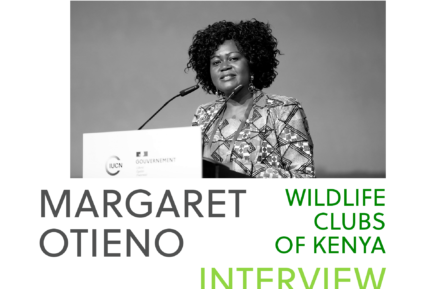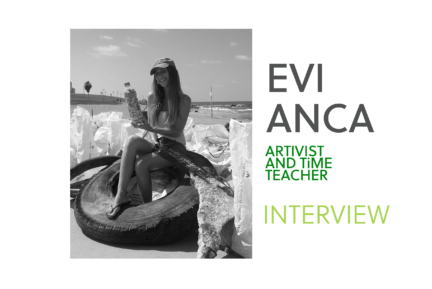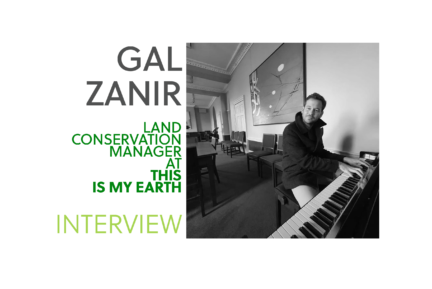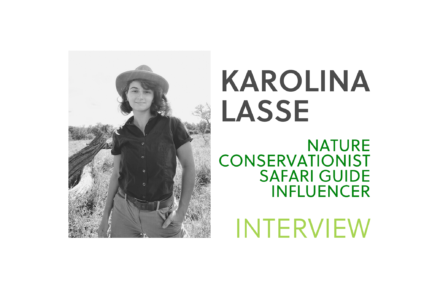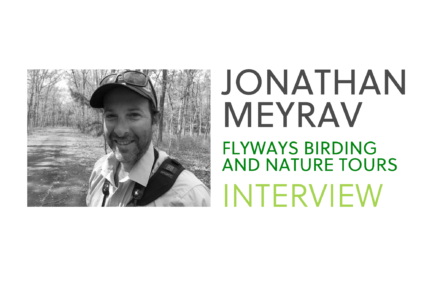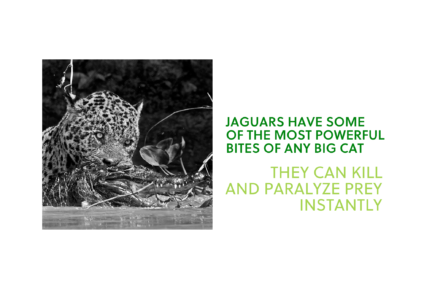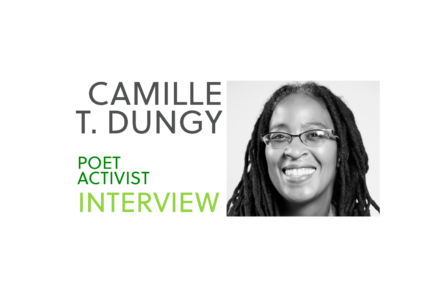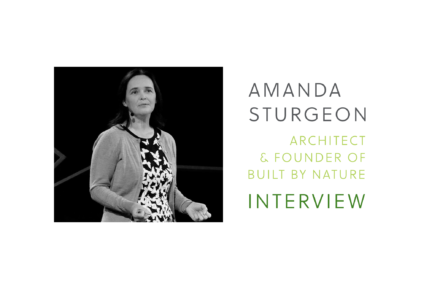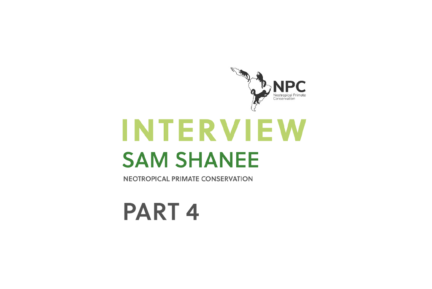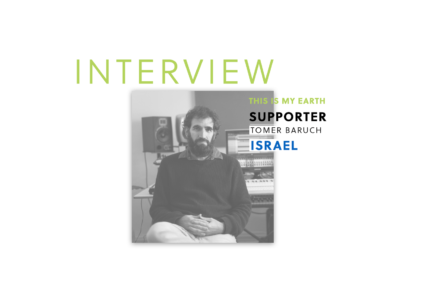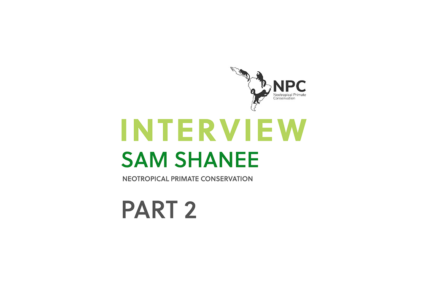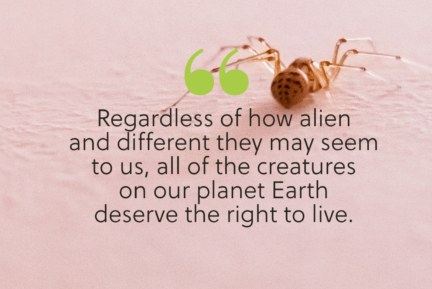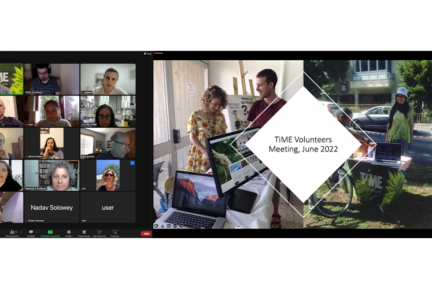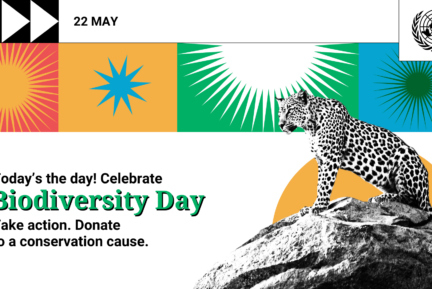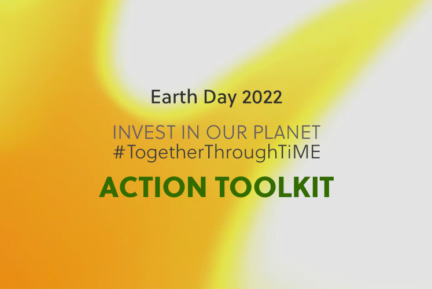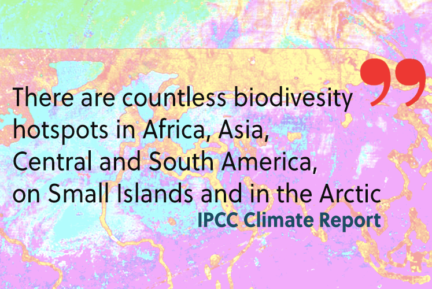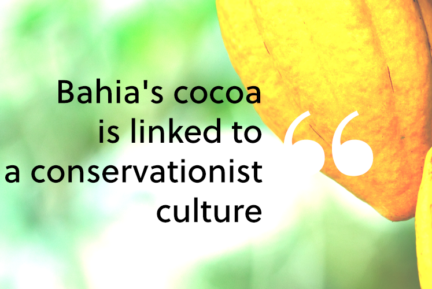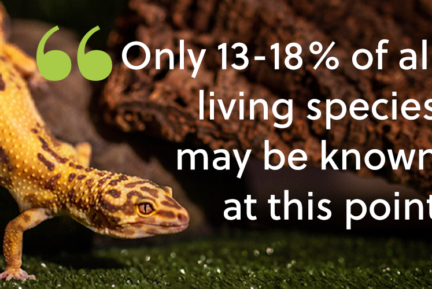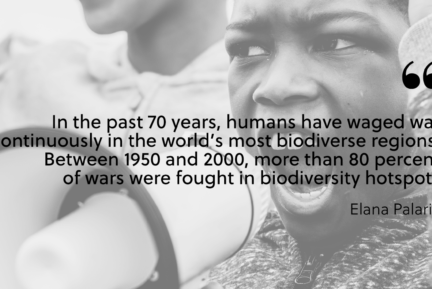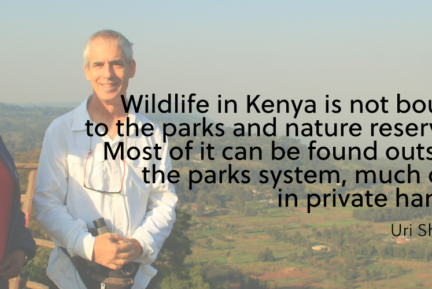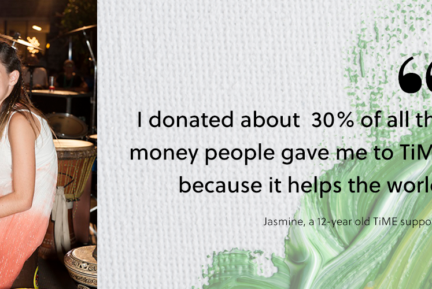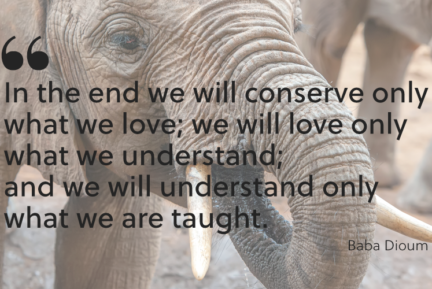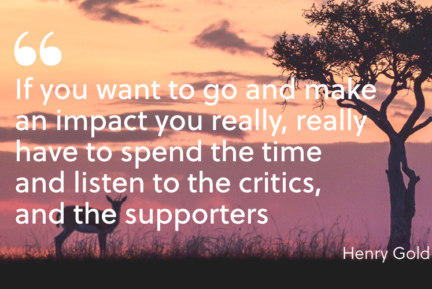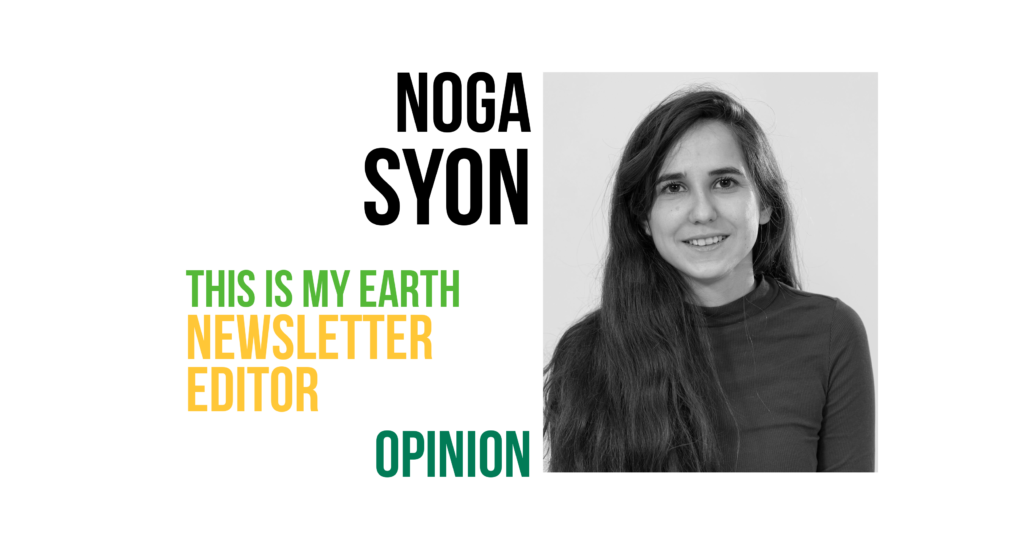
For many people around the world, nature reserves seem like distant, faraway lands. Even when we consider their almost invisible rike in our everyday life as the “green lungs” of the Earth they still seem almost mythical. Unreal. No matter where in the world we are. But for many people they are home.
Indigenous peoples make up about 6 percent of the world’s population, but they conserve roughly 80 percent of all biodiversity.
According to the World Bank, Indigenous peoples are “distinct social and cultural groups that share collective ancestral ties to the lands and natural resources where they live, occupy or from which they have been displaced. The land and natural resources on which they depend are inextricably linked to their identities, cultures, livelihoods, as well as their physical and spiritual well-being.”
Ceibo Alliance is a nonprofit organization founded by four different Indigenous communities in the Ecuadorian Amazon forests: A’i Kofan, Siekopai, Siona, and Waorani.
When the activities of oil corporations caused the contamination of their drinking water — that is, the water of the Amazon river — they teamed up to build a rainwater system.
Since then, the work of the alliance has expanded to protect their territories within the legal system, preserve traditional knowledge, promote education, and provide solar energy to their people.
The challenges that Ceibo Alliance is working to address are among many faced by Indigenous communities in other parts of the world, including the high risk of contracting diseases — and even of extinction — as a result of damage to their land, eviction, and poverty.
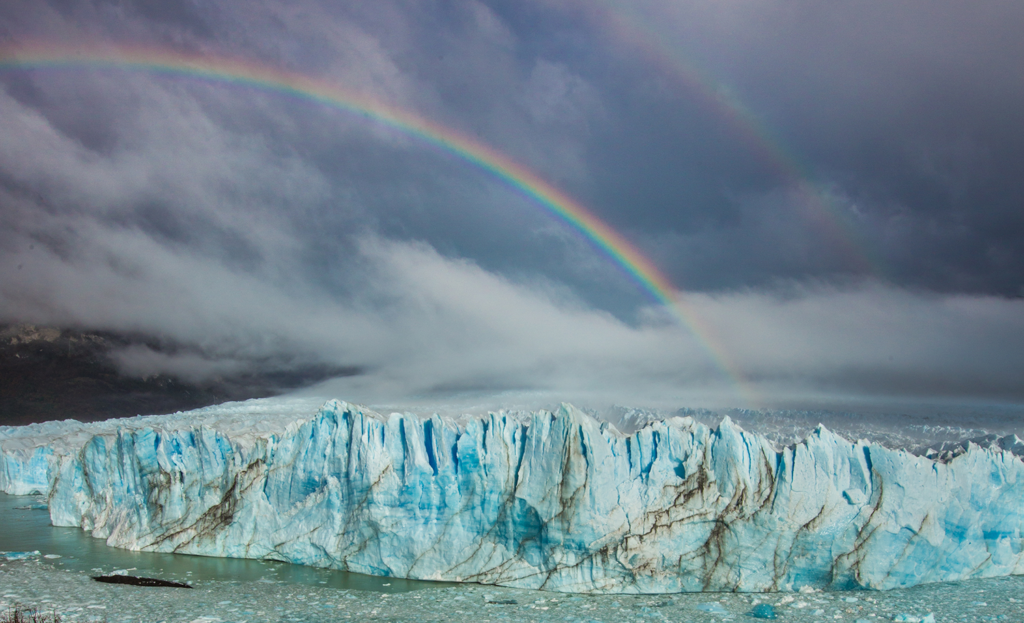
Islands of biodiversity
A 2019 report issued by the Intergovernmental Science-Policy Platform on Biodiversity and Ecosystem Services recognizes Indigenous peoples’ lands as islands of biological and cultural diversity, as these lands have a lower rate of biodiversity decline compared with otherwise-managed land.
The extreme variety of Indigenous groups (according to the United Nations, Indigenous peoples speak more than 4,000 of the world’s approximately 6,700 languages!) makes it very hard to determine what exactly leads to this greater protection of biodiversity: it is believed to be related to agricultural methods, but perhaps, as the description given by the World Bank suggests, it is the deep connection of Indigenous peoples to the land that has cultivated traditional practices of human living side by side with wildlife.
One concrete example is that of herders in Europe and North America. Several studies conducted in grasslands, salt marshes and wetlands in Switzerland, Hungary, France, the Netherlands, Estonia, and the United States (specifically, Michigan) found that allowing cattle to graze on the land has benefited the diversity of plant species, and abandoning these practices decreased the biodiversity of plants, algae, and zooplankton.
Furthermore, the presence of Indigenous peoples and their constant monitoring of hard-to-reach areas, such as in the Arctic and the Amazon, assists scientists in creating an up-to-date picture of the state of the land and the species living on it.
Eduardo Brondizio of Indiana University explains Indigenous protection of biodiversity as deriving from their long acquaintance with the nature specific to the local area. “It’s about [viewing] the landscape not only from the perspective of just agriculture or ranging. Instead of focusing on a single management issue, they look at the function of landscapes.
They look at what is important to keep in terms of connectivity. And how different habitats can be managed to complement each other.”
First to endure, last to enjoy
We should, momentarily, reflect on the numbers. Indigenous people make up 6 percent of the world’s population. They speak over half of the world’s languages account for 19 percent of the world’s extreme poor, and conserve 80 percent of the world’s biodiversity. They have been rightly called the last line of defense against biodiversity loss. But they are also like the first line of troops in battle: they are the first to endure the dire consequences of the modern age, including climate change, disease, and pollution. They are the last to enjoy the benefits of modern education and healthcare.
“My daughters, I want them to study, to prepare, to get a scholarship in a university,” Daniel Huepihue Cahuiya Iteca, the president of the Yarentaro community of the Ecuadorean Amazon, told the New York Times. Many barriers stand in the way of Indigenous peoples’ access to the justice system, education, and formal banking systems; they often even lack formal recognition of land ownership. They are also highly affected by climate change and by pandemics, like COVID-19 (which is also linked to biodiversity loss).
The activity of Ceibo Alliance demonstrates some of the injustices. The industrial presence in the Amazon cost the local Indigenous peoples their access to clean water, which resulted in disease and death.
The presence of oil companies also triggered internal tension. At least three massacres between local groups in the Yasuní region in the Amazon are attributed to pressures fueled by drilling: some Indigenous groups that deliberately isolate suffered from the constant loud noise of the drilling and blamed another Indigenous group for that noise, resulting in multiple murders.
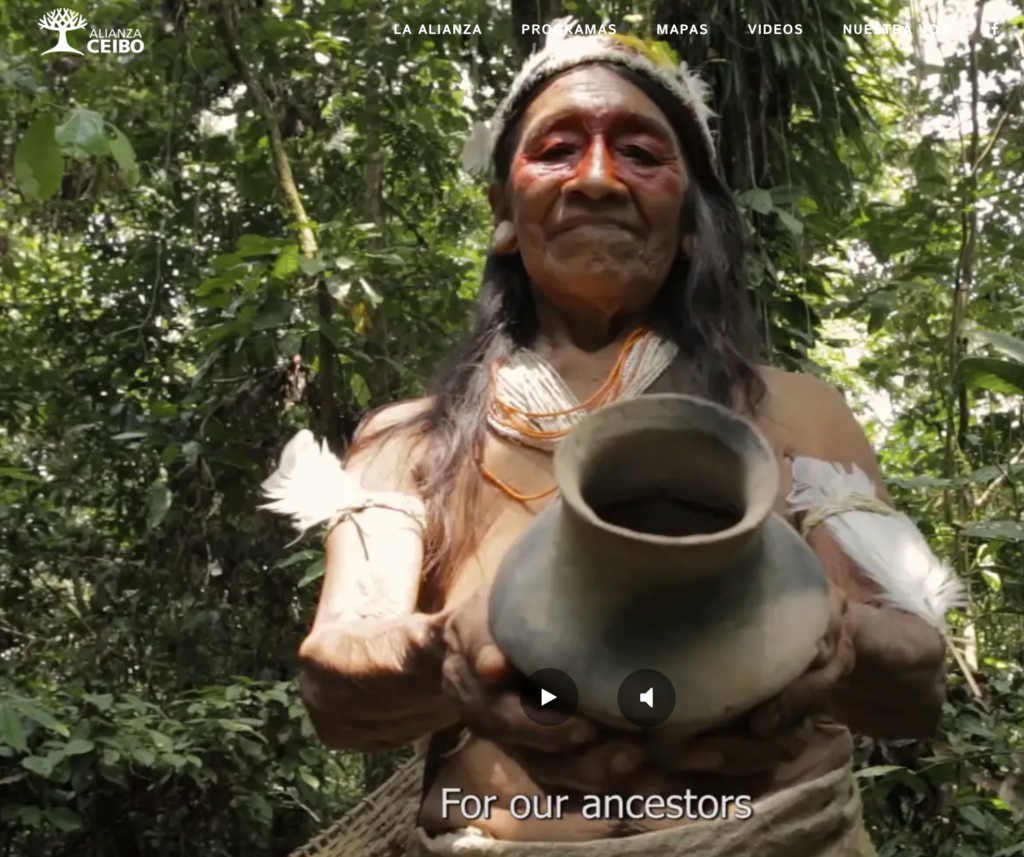
A fortress in the wild
Sadly, efforts to protect the environment are not blameless in this regard. In 2018, Amnesty International reported on the forced evictions of the Sengwer and Ogiek peoples of Kenya, enacted to establish a nature reserve using an outdated “fortress conservation” model. In the eviction process, many people were injured and killed by state forces. The “fortress conservation” model assumes that in order to conserve nature, we must keep an absolute separation between humans and other forms of nature. However, it has been gradually abandoned, as more and more research shows that land thrives when taken care of by Indigenous peoples.
The romantic, Disney’s Pocahontas-esque view of Indigenous communities is also responsible for injustice. This perspective, a remnant of colonialism and of Jean-Jacques Rousseau’s idealization of “the noble savage,” is the opposite of fortress conservation. In this view, native people are wild, “authentic,” and “pure,” and should stay out of the modern-day world, remain within their traditional land, and provide the immensely vital service of land conservation on behalf of the rest of the global population.
Eliran Arazy, a doctoral candidate in anthropology at the Hebrew University of Jerusalem and EHESS Paris, spent over a year with the Andoque people in Colombia.
He shared with Hazman Hazeh that a major concern of the Andoque is that they will lose their Indigenous status and their rights to the land if they are suspected of ceasing to uphold certain customs.
According to Arazy, the Andoque receive instructions on conservation from government officials but are denied the pay that white farmers receive in exchange for not cutting down trees.
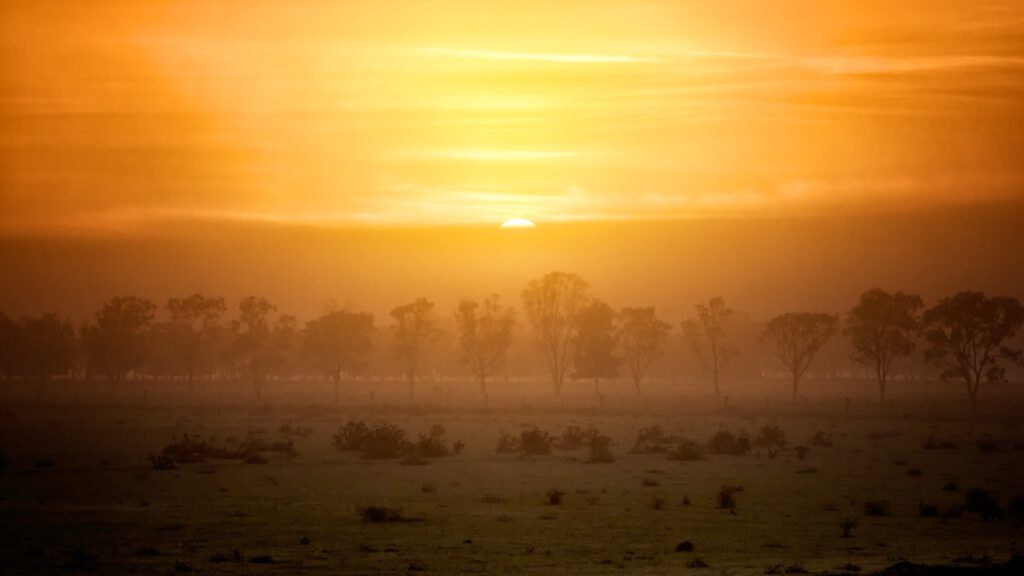
An optimistic prospect
This last point highlights an ongoing financial debate. How do we find a way to compensate and prioritize acts of conservation that provide an indispensable service to human civilization, by protecting the planet’s biodiversity and absorbing carbon emissions, but do not directly yield revenue?
A 2016 report conducted by the World Resource Institute has shown that a small investment in securing Indigenous land tenure would cost just a fraction of the estimated benefit of reducing carbon emissions: 5 to 42 times less than the cost of avoiding the same amount of carbon emissions via other means, such as the capture and storage of emissions in manufacturing plants.
Yet, how can we reflect the value of conservation within global economics, so that those who protect biodiversity will be able to live a dignified life of their choosing? The numbers –– recall, 6 percent of the world’s population, 19 percent of the extreme poor, protecting 80 percent of biodiversity –– cry out for action to be taken.
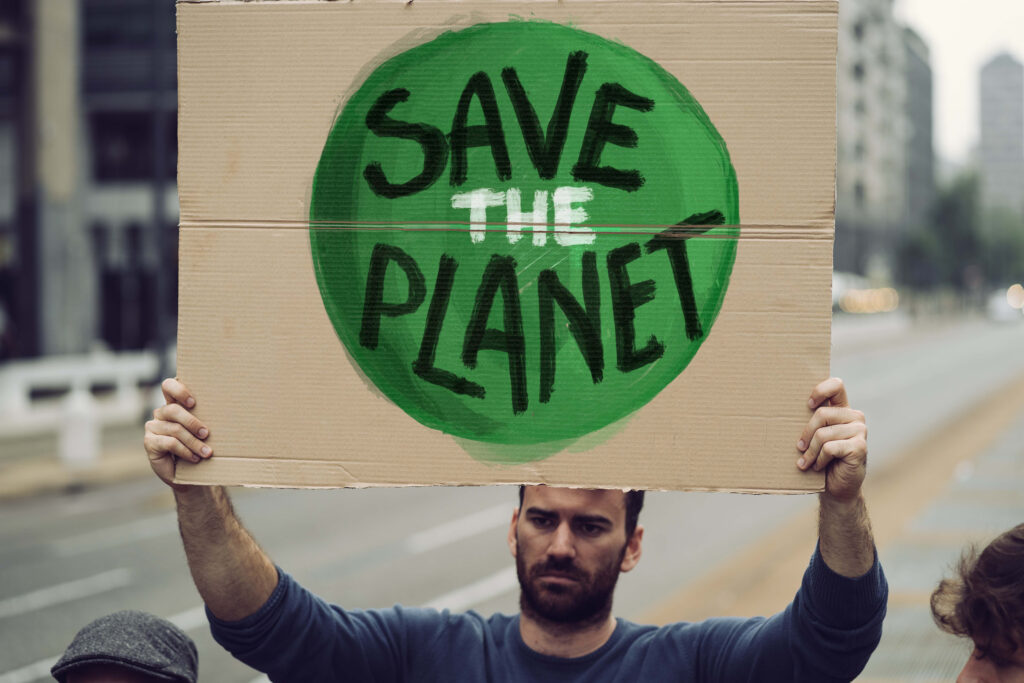
TiME for justice
One of TiME’s requirements of any local conservation organization applying for support is to account for how their operation contributes to the local people who inhabit the land. For example, SalvaMontes, which manages the Los Magnolios Forest and is hoping to expand the reserve with TiME’s support and your vote, told TiME about their close cooperation with locals.
One of the main questions faced by this organization is how to uphold and increase the incomes of locals without harming the delicate ecosystem around them. Fundación Jocotoco, which manages the Chocó Forest (TiME‘s most recent successful campaign) and will manage the Tapichalaca Forest if it wins your vote in this year’s campaign, is mostly operated by locals, and most of their rangers –– that is, paid employees –– belong to Indigenous communities.
These approaches offer local people the choice to stay in the land of their ancestors, make a living and gain access to education. Another positive example is a growing trend in Australia to hand control of parks to local Aboriginal groups; a national park was returned to Aboriginal ownership as early as 1998 and at least six more parks have similarly changed ownership in the last two years.
Indigenous stewardship will not only protect the land better, as recognized by the UN and World Wildlife Foundation, following several studies (see, for example: 1, 2, 3, 4, 5, 6) but will also grant Indigenous people the legal recognition and financial compensation they deserve.
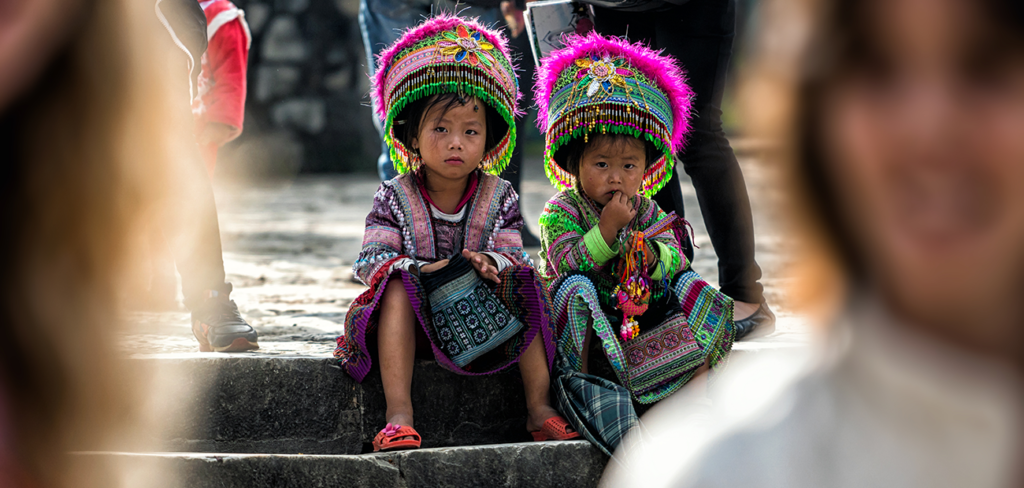
Recognizing the impact and contribution of Indigenous communities is, to them, a double-edged sword.
On the one hand, it acknowledges and respects their heritage and great impact on biodiversity preservation.
On the other hand, it often dehumanizes them, demanding they remain “authentic” and refrain from any modern advancements –– despite being the first to feel the impact of deforestation, contamination, and biodiversity loss. This approach condemns many communities to poverty and disease.
At TiME, we partner with local organizations that recognize the humanity of Indigenous peoples — deserving of fair pay and the freedom to maintain traditional ways of life and to embrace modern life — and their significant expertise regarding how humans and wildlife can live side by side.
Amnesty International Report (2018). “Families torn apart: forced eviction of indigenous people in Embobut forest, Kenya”. London: Peter Benenson House. AFR 32/8340/2018
Andreoni, Manuela. “Can we put a price tag on nature?” The New York Times: Climate Forward. Junuary 17, 2023.
Burnside, Niall G., Chris B. Joyce, Elle Puurmann and Dawn M. Scott. “Use of vegetation classification and plant indicators to assess grazing abandonment in Estonian coastal wetlands”. Journal of Vegetation Science 18:5 (October 2007): 645-654. doi:10.1111/j.1654-1103.2007.tb02578.x
Diaz, Jaclyn. “A historic rainforest and other lands have been returned to Indigenous Australians”. npr. October 5, 2021. https://www.npr.org/2021/10/05/1043256101/indigenous-australians-get-land-back-queensland
Ding, Helen, Peter Veit, Erin Gray, Katie Reytar, Juan Carlos Altamirano-Cabrera, Allen Blackman, Benjamin Hodgdon. “Climate Benefits, Tenure Costs: The Economic Case For Securing Indigenous Land Rights in the Amazon”. October 2016. ISBN: 978-1-56973-894-8
Editorial. “Why protecting Indigenous communities can also help save the Earth”. The Guardian. October 10, 2020. https://www.theguardian.com/climate-academy/2020/oct/12/indigenous-communities-protect-biodiversity-curb-climate-crisis
Editorial. “Kenya: Indigenous peoples targeted as forced evictions continue despite government promises”. Amnesty International. August 9, 2018. https://www.amnesty.org/en/latest/news/2018/08/kenya-indigenous-peoples-targeted-as-forced-evictions-continue-despite-government-promises/
Editorial. “Indigenous Peoples”. The World Bank. https://www.worldbank.org/en/topic/indigenouspeoples
Esselink, Peter, Wiebo Zijlstra, Kees S. Dijkema and Rudy van Diggelen. “The effects of decreased management on plant-species distribution patterns in a salt marsh nature reserve in the Wadden Sea”. Biological Conservation 93:1 (April 2000): 61-76. doi:10.1016/S0006-3207(99)00095-6
Hill, David. “Rights, not ‘fortress conservation’, key to saving planet, says UN expert”. The Guardian. July 16, 2018. https://www.theguardian.com/environment/andes-to-the-amazon/2018/jul/16/rights-not-fortress-conservation-key-to-save-planet-says-un-expert
IPBES (2019). Global assessment report on biodiversity and ecosystem services of the Intergovernmental Science-Policy Platform on Biodiversity and Ecosystem Services. E. S. Brondizio, J. Settele, S. Díaz, and H. T. Ngo (editors). IPBES secretariat, Bonn, Germany. doi:10.5281/zenodo.3831673
May, Camille. “Custodians of Knowledge: 5 Reasons Indigenous Peoples Hold the Key to Our Planet’s Future”. Global Citizen. February 14, 2023. https://www.globalcitizen.org/en/content/IFAD-indigenous-peoples-forum-climate-biodiversity/
O’Connell, Ronan. “Australia hands control of its newest national parks to Indigenous peoples”. National Geographic. October 10, 2022. https://www.nationalgeographic.co.uk/environment-and-conservation/2022/10/australia-hands-control-of-its-newest-national-parks-to-indigenous-peoples
Recio, Eugenia and Dina Hestad. “Indigenous Peoples: Defending an Environment for All”. International Institute for Sustainble Development. April 22, 2022. https://www.iisd.org/articles/deep-dive/indigenous-peoples-defending-environment-all
Rion, Vanessa, Jean-Daniel Gallandat, Jean-Michel Gobat and Pascal Vittoz. “Recent changes in the plant composition of wetlands in the Jura Mountains”. Applied Vegetation Science 21:1 (January 2018): 121-131. doi:10.1111/avsc.12338
Sutton, Mark. “Aboriginal Ownership of National Parks and Tourism”. Cultural Survival. March 26, 2010. https://www.culturalsurvival.org/publications/cultural-survival-quarterly/aboriginal-ownership-national-parks-and-tourism
UN Department of Public Information. Indigenous Languages. https://www.un.org/development/desa/indigenouspeoples/wp-content/uploads/sites/19/2018/04/Indigenous-Languages.pdf
Zavaleta-Cortijo, Carol et al. “Climate change and COVID-19: reinforcing Indigenous food systems.” The Lancet. Planetary health 4:9 (September 2020): e381-e382. doi:10.1016/S2542-5196(20)30173-X
ארזי, אלירן. “החיות הן האויב שלנו”. הזמן הזה (אפריל 2022).
